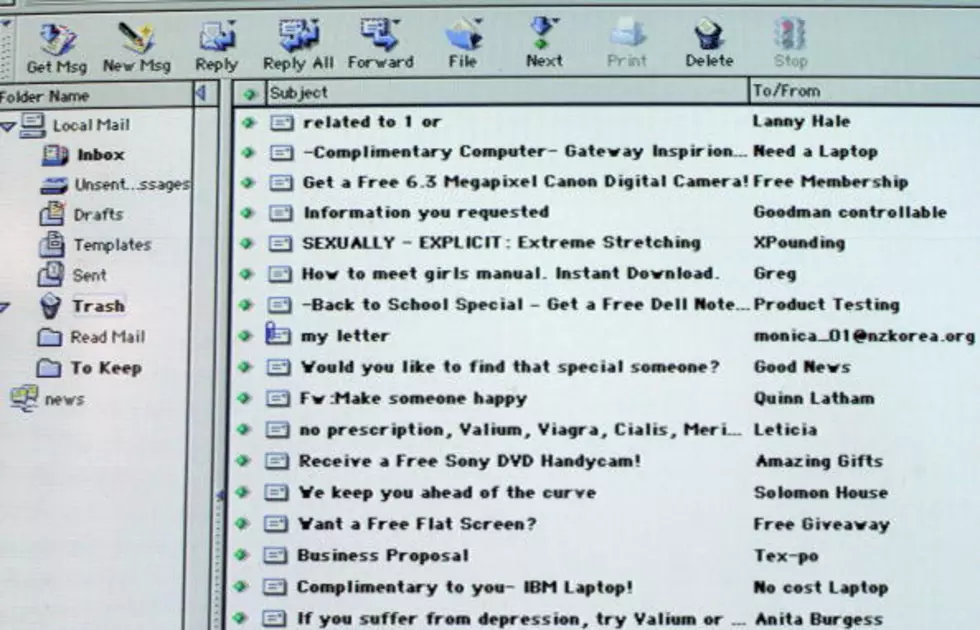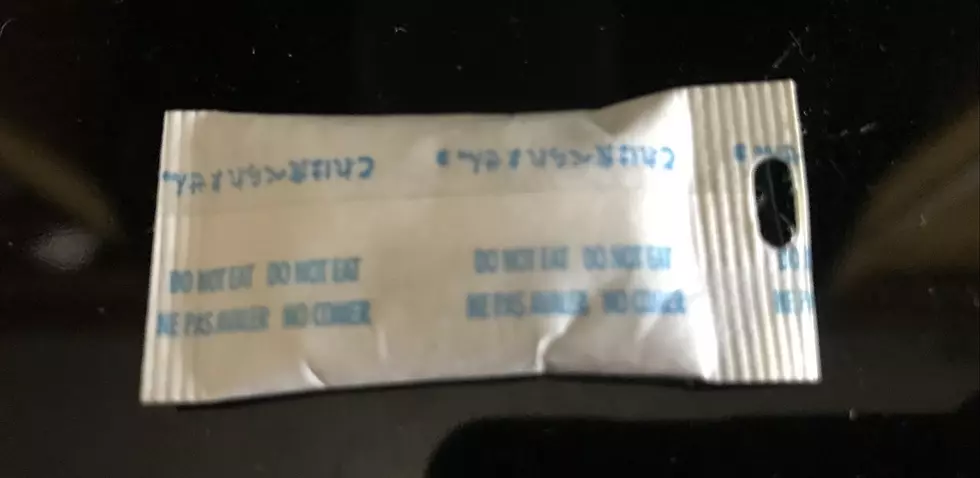
Jacqueline Whitmore’s E-Mail Etiquette
Most of us are very dependent upon communicating via e-mail. Here are 10 tips from Jacqueline Whitmore of Etiquetteexpert.com.
1. ALL-CAPPED email. Using all uppercase letters is considered CYBER
SHOUTING (and you could be fired for it). As an alternative, use
asterisks to emphasize key words. "Bob and I had a *wonderful* time at
the company reception last night."
2. Personal email. If you wish to send someone confidential or
time-sensitive information, use the phone or meet in person. Emails can
be duplicated, forwarded and printed, so don't send or say anything you
wouldn't want repeated or posted in your company newsletter.
3. Sloppy email. It pays to check before you click. Before you hit the
"send" button, check for grammar, spelling and punctuation errors. Take
an extra minute or two to proofread, or read your email aloud to be
sure that it says what you want it to say.
4. Joke email. A funny email may seem innocent but it may be insulting
to someone else. Email messages that are hostile, harassing or carry
discriminatory overtones are permanent and may be forwarded to others
without your knowledge.
5. Loooong email. Keep it short. If possible, put your full message in
the subject line. For example, "Can we meet this afternoon to go over
budgets?" then finish the sentence with (EOM), the acronym for "end of
message." The recipient won't need to open the message to respond. Use
acronyms only when your recipients know their meaning.
6. Buddy-buddy email. It's better to be more formal than too casual
when you want to make a good impression. Use a person's surname until
they respond by signing their email with their first name. This
generally indicates that they don't mind being addressed more casually.
7. Congratulatory email. A congratulatory email doesn't have the same
impact as a personal thank you note, no matter how many people you copy
on the message. Besides, most people cherish typed or handwritten notes
versus an email message.
8. Over-shared email. There will be times when you need to deliver an
email to a large group but don't want to launch a massive distribution
list by emailing everyone together. If the recipients are unacquainted
and you don't want to divulge all addresses to all of the recipients,
use the "bcc" or blind carbon copy function. When bcc is used, the only
other email address that appears in the recipient's mailbox is the
sender's.
9. Oops email. If you receive an email that was sent to a multitude of
people, including yourself, reply only to those who require a response.
Hit "reply all" only if it is crucial that every person on the
distribution list see your response. In many instances, the sender is
the only person who requires a response.
10. Moody email. Never send an email when angry. Take time to cool down
and re-read email before sending to be sure messages don't contain
anything you will regret later.
Via: Jacqueline Whitmore, www.etiquetteexpert.com
More From 99.9 KTDY









